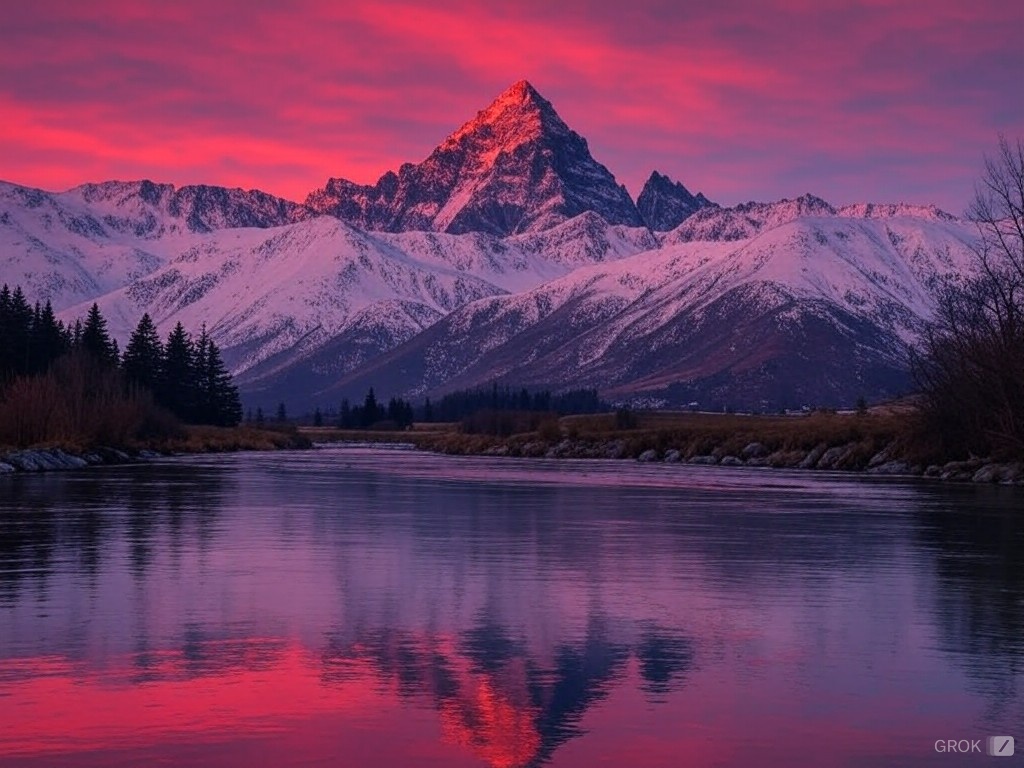Ever wondered why some video game worlds make you want to explore every nook and cranny while others just don’t hit the mark? It isn’t all about flashy graphics or the number of pixels on a screen—oh no, it’s mainly in the art and science of level design. And when you’re talking about creating compelling, immersive experiences, Unity is often the goto tool for many designers, including yours truly!
Unity, if you’re not knee-deep in game development lexicon, is like a vast canvas for the digital Michelangelos and Picassos of gaming. It’s a powerful 3D game engine that supports a robust platform for crafting environments that breathe life into games. But, hey, Unity isn’t just about placing a few trees here and throwing some mountains there. It’s more about telling a story, setting the mood. I mean, think about it; every rock, every building, every shadow has a story, a purpose.
What makes Unity particularly mouth-watering for a game level designer like me? Flexibility, baby! You can script complex behaviours in games, optimize graphics for various platforms, and tap into a massive community for support. Plus, Unity’s editor is pretty user-friendly. It’s like building a model airplane—you have all these parts and tools at your disposal, just waiting to be pieced together into something extraordinary.
But don’t just take my word for it, let’s talk specific projects. Once, I was working on this medieval fantasy game, right? The goal was simple: make it enchanting, make it mystical. I spent weeks tweaking light settings, adjusting pathways because, yes, even the path you walk should feel right. And then, there was this castle, needed to be eerie yet inviting (weird combo, isn’t it?). Using Unity’s terrain tools and some custom assets, the end result was nothing short of…let’s say, it was something that even the pickiest critic would nod approvingly at.
It’s not always a cakewalk though. Unity can be as much a beast as it is a beauty. The number of options can be overwhelming. Shadows might not render the way you expect or, and let’s not even start on the occasional bugs that seem to appear out of nowhere (Haunted code, anyone?). Yet, with each challenge comes immense satisfaction once you’ve ironed out all those little issues—seeing your digital world come to life is, well, thrilling!
So, why am I rambling on about Unity and level design? It’s because I believe good design makes a world of difference in games. It’s what separates a ‘meh’ game from one that resides in your console or PC for months, inviting you back, again and again, to dip your toes into its universe. And honestly, sometimes I feel that the beauty of this craft is grossly underestimated. Crafting what players feel, see, and experience—that’s powerful stuff!
If you’re dipping your toes into game development or an indie studio looking to spice up your game environments, Unity might just be your best friend. But hey, don’t go at it alone! Sometimes, you need a little nudge, or maybe a lot of nudges in the right direction.
And look, if you’re ever in need of a gaming world architect or just want to throw ideas around about level design, feel free to shout out. You can reach me at [email protected]. Whether it’s building from the ground up or tweaking what you already have, a chat with a fellow game design enthusiast could be just what your project needs!
Let’s make something breathtaking together!
